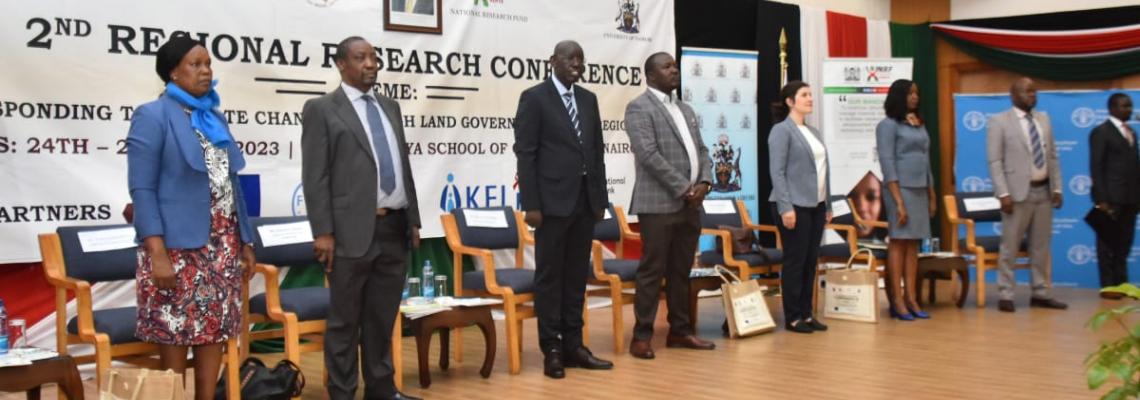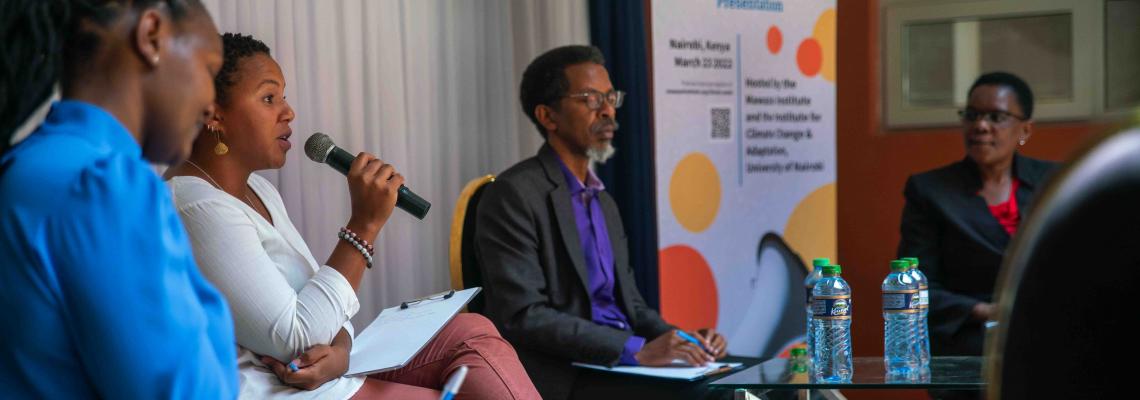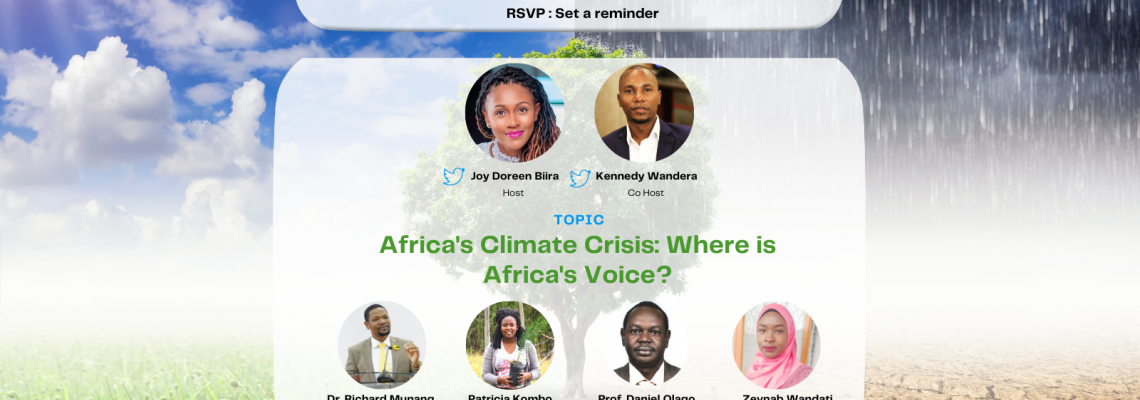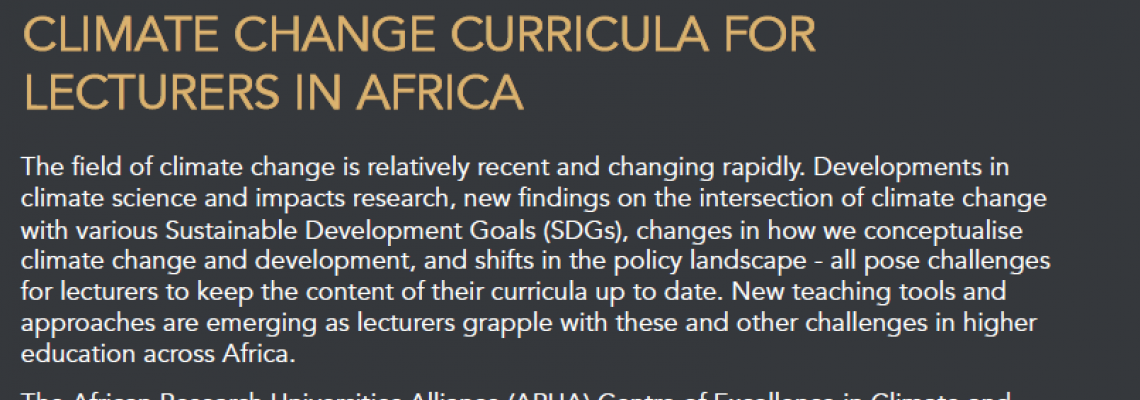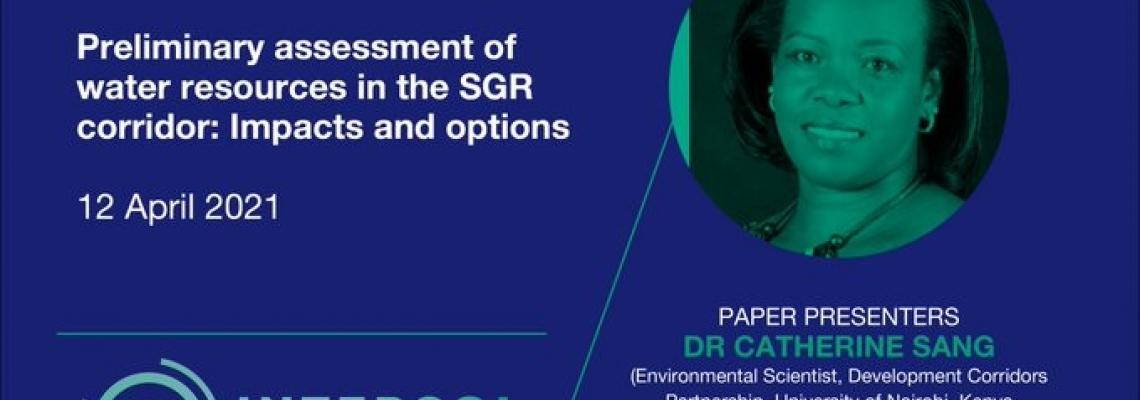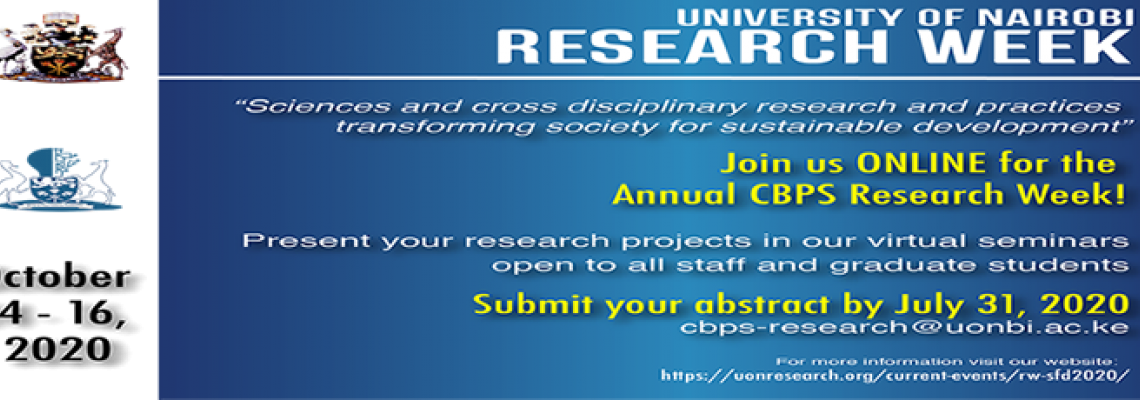Grassland degradation and the concomitant loss of soil organic carbon is widespread in tropical arid and semi-arid regions of the world. Afforestation of degraded grassland, sometimes by using invasive alien trees, has been put forward as a legitimate climate change mitigation strategy. However, even in cases where tree encroachment of degraded grasslands leads to increased soil organic carbon, it may come at a high cost since the restoration of grassland-characteristic biodiversity and ecosystem services will be blocked. We assessed how invasion by Prosopis juliflora and restoration of degraded grasslands in a semi-arid region in Baringo, Kenya affected soil organic carbon, biodiversity and fodder availability. Thirty years of grassland restoration replenished soil organic carbon to 1 m depth at a rate of 1.4% per year and restored herbaceous biomass to levels of pristine grasslands, while plant biodiversity remained low. Invasion of degraded grasslands by P. juliflora increased soil organic carbon primarily in the upper 30 cm and suppressed herbaceous vegetation. We argue that, in contrast to encroachment by invasive alien trees, restoration of grasslands in tropical semi-arid regions can both serve as a measure for climate change mitigation and help restore key ecosystem services important for pastoralists and agro-pastoralist communities.
Upload
Link
https://doi.org/10.1038/s41598-020-77126-7

